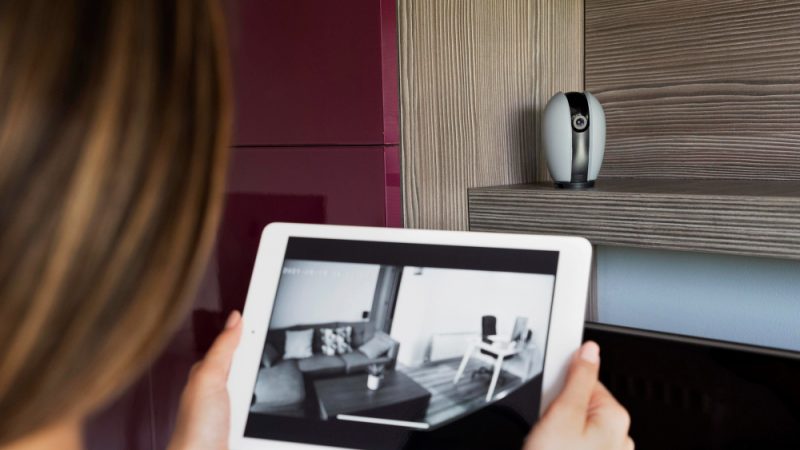How Developers and Designers Work Together for Great Projects

Making a great web development project happen is definitely not an easy task. There is just so much on the plate to take care of; aligning with the client expectations, creating the right mockups & wireframes, seeking approval from the client, having a far-sighted approach at user-experience, and not to mention, getting designs implemented as intended — in code. Well, the last one is a very sensitive step in the entire development process.
The two power players in this entire development process are the Developers and the Designers. These two working units on a team function to turn a basic idea to a great product. Achieving that mark isn’t easy; it requires clear communication and close collaboration between the two teams. Sharing an understanding that is professional yet mutual is the key behind great teams that collaborate well.
The truth is that these things are far from being as smooth as a smoothie when it is about designers and developers working together to design and develop a website . We all have probably witnessed instances of a cold war brewing up between designers and developers. They just don’t seem to easily sync on matters that are of grave importance in the journey of product development such as discussing features, design brainstorming, or feedback on prototypes — productive collaboration is just hard to find.
As the case may be, the need is for everyone to sync and stay on the same page, for the sake of professional excellence. However, the world isn’t ending any sooner and hence, the need for web development isn’t going to turn obsolete. Well, that was a subtle jibe. Putting that aside, what is it that really needs to be done in such scenarios so that Developers and Designers can work in absolute understanding and harmony? What are some of the key collaborative pointers that every business/project manager needs to aim for collaborating the two teams? Let’s find out in the blog post below.
Clearly defining the design & development process
Every Product undergoes the similar cycle of designing and development before it finally takes off. Having a well laid out project scope at hand will help the project managers define the process, the players, and the work responsibilities. Defining the two in the development process is crucial and can come easy with a Project Scope.
A Project Scope is a very useful tool to outline the project’s deliverables. It is a great means to identify the constraints, assumptions, key success factors, goals, tasks, costs and deadlines. It lays out the responsibilities for each team member and sets up procedures for how completed work will be verified and approved.
We recommend that the project managers or development teams work out this scope together with their developers and designers. Making them a part of this process will help them have a grasp at each of the building blocks. This will help the teams remain focused and on task. They will have a clear guideline for making the project happen; less on the blame game and more on the tasks.
Involving the two in the project from day 1
The success of a web development project entirely depends on the integrated work relationship of the team, from the very start. This means that everybody on board – the clients, project managers, analysts, web developers, designers, reviewers, and other stakeholders, must stick to the development process from Day 1.
Closely involving the two i.e. the Developers and the Designers from Day 1 can be debatable when it comes to cost efficiency of the project. Well, our argument here is that when the two are working together from scratch, the validation of the development steps keeps happening simultaneously. This way, the project won’t have to wait for validate feasibility, which also happens to spike the project budget at the last time.
Creating clear work relationships
Integrating business, design, and technology stack into the web development project isn’t a simple cup of tea. It’s impending success revolves around people on all fronts to collaborate and collaborate well; especially the developers and the designers.
It is very obvious for such scenarios to happen where the designer may see all the flaws while the developers think it looks totally fine. This perception gap will always exist and we cannot deny the fact that it will always prevail. Hence, the devs and designers interaction during a project must be purely based on clear work relationships; this includes proper workflows around the teams, reporting relationships, feedback redressal, and a great HR policy around work grievances as well.
Learning each other’s work language
They say that the devil is in the details and this hilariously holds true for the constant cold war that keeps happening between Designers and Developers over details. Developers, as well as designers, have their own working terminologies that might not be easy to understand for the other; this is a major communication gap. Hence, all the active working and training Devs and Designers must make it a point to keep themselves updated with some expected basic work language of the other so that the communication barrier is dealt precisely.
Prototyping
A lot of Developer-Designer disputes happen over the final design. It is indeed foolish to aim for a perfect one-go project design when there are diverse teams working on it. Instead, development groups that take the Prototyping approach perform better. They significantly are able to reduce time and costs, and obviously the number of instances where developers and designers go after each other’s throats.
Creating a prototype with the help of asia.arrk.com based on specifications, requirements, potential project constraints, will alter the cost and amount of teamwork. This sample model/mockup has a great potential to build a concept/process with semantics, design, electronics, and software programming. It enables developers to create complex applications in a short amount of time and with less code. Having a Prototype approach in the design and development process provides breathing space to the team players and gives them the opportunity to collaborate over their mistakes and omissions and come clear as a team.
Using a great collaborative communication tool
And the most important thing to do to help the designers and developers on your team to collaborate better is to provide them with excellent team collaboration tools that let them be efficient and successful.
These tools help them interact in real-time on the project that they are currently working on. A lot of them let you place your design on a dashboard and have your team members or clients give their feedback and suggestions right within the dashboard. These tools often feature a to-do list and project management tools that let the team members share their lists of ideas and initiate the action. There are also a lot of remote working tools out there.
Here are some of the most efficient Designer-Developer collaboration tools that you can choose from.
Conclusion
A development job involves collaborations and teamwork. Involving a set of collaborating hands and minds, a great product can only be created when everybody is on the same page; which is always not a cakewalk. However, every project development team must make it a point to help their Developers and Designers collaborate better, in complete harmony so that they can turn the working odds in their favor and establish a great project together.






